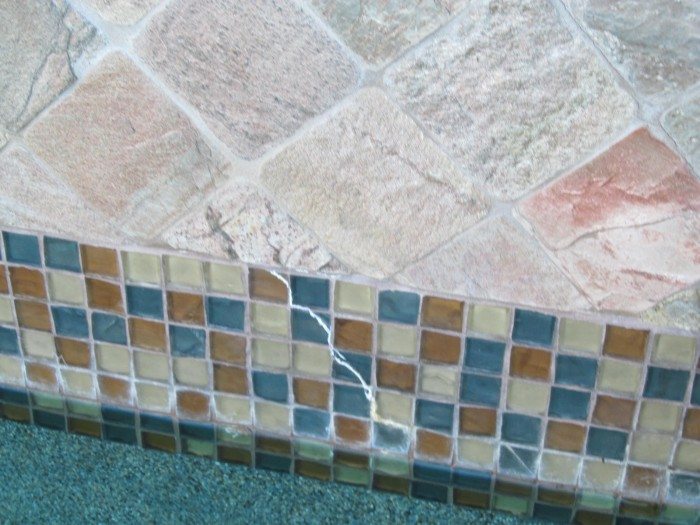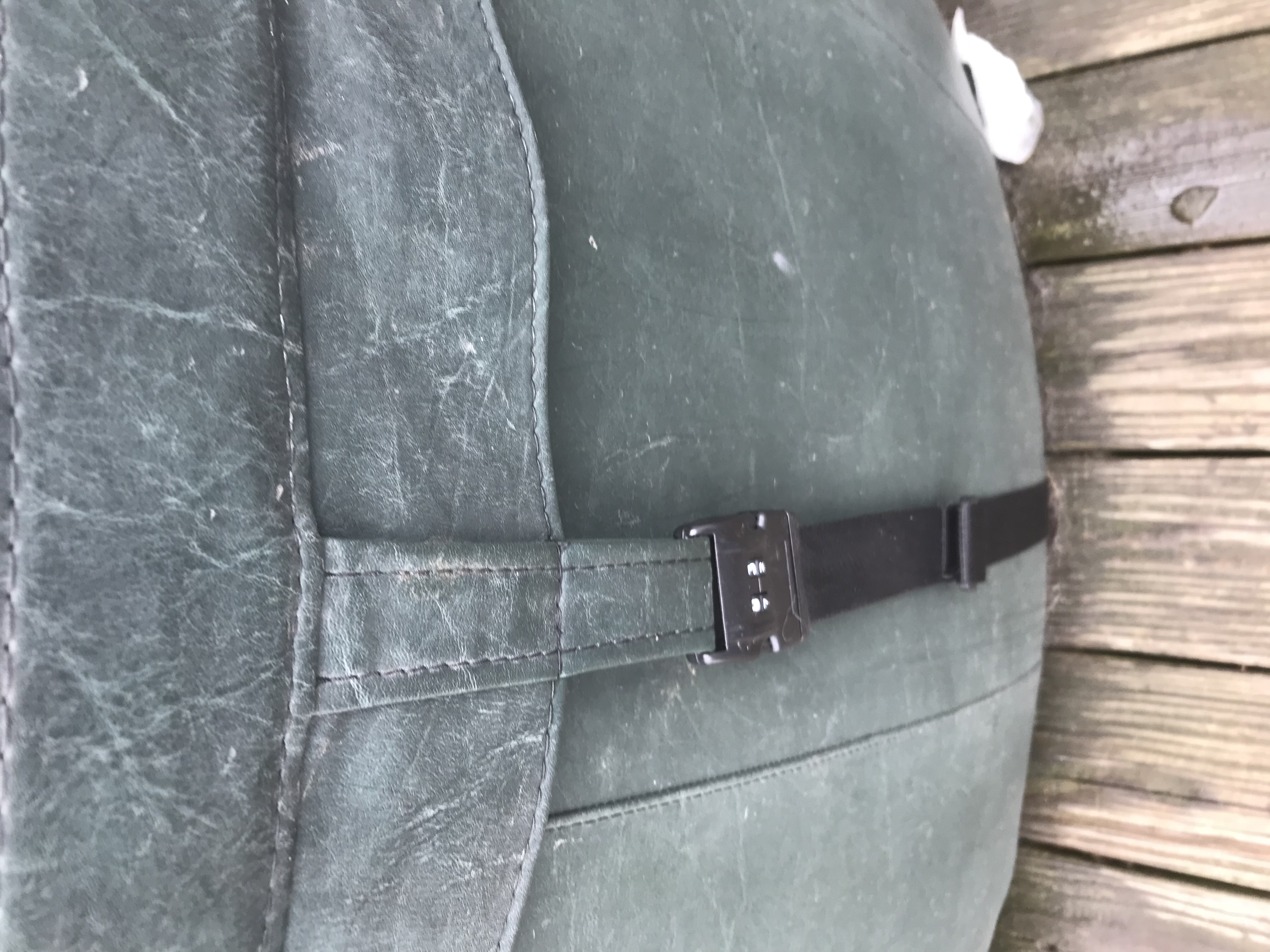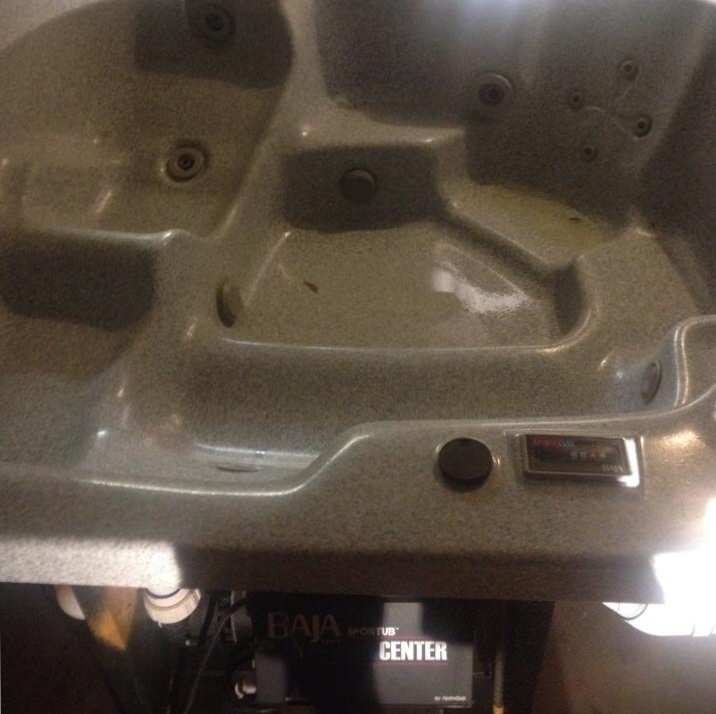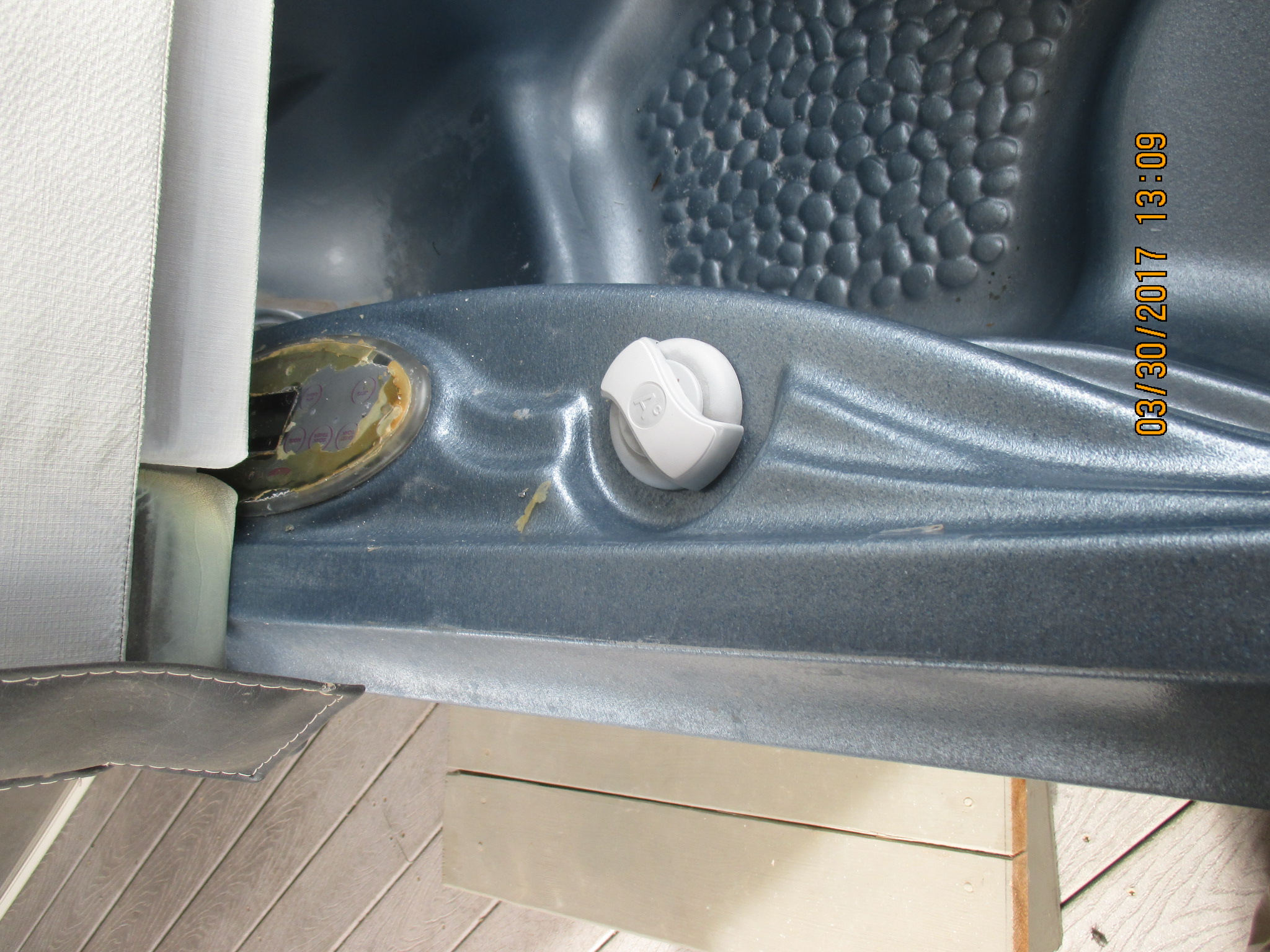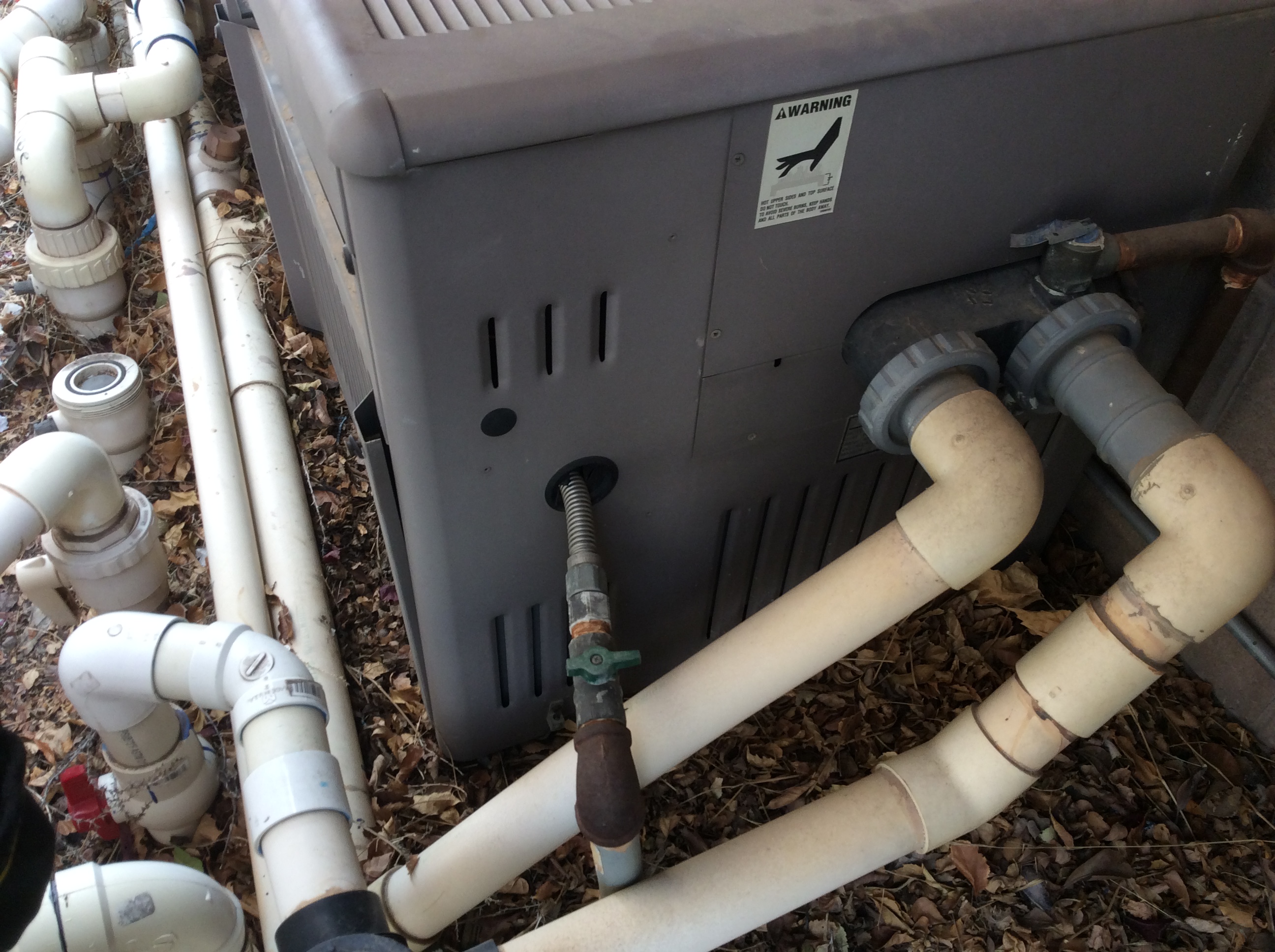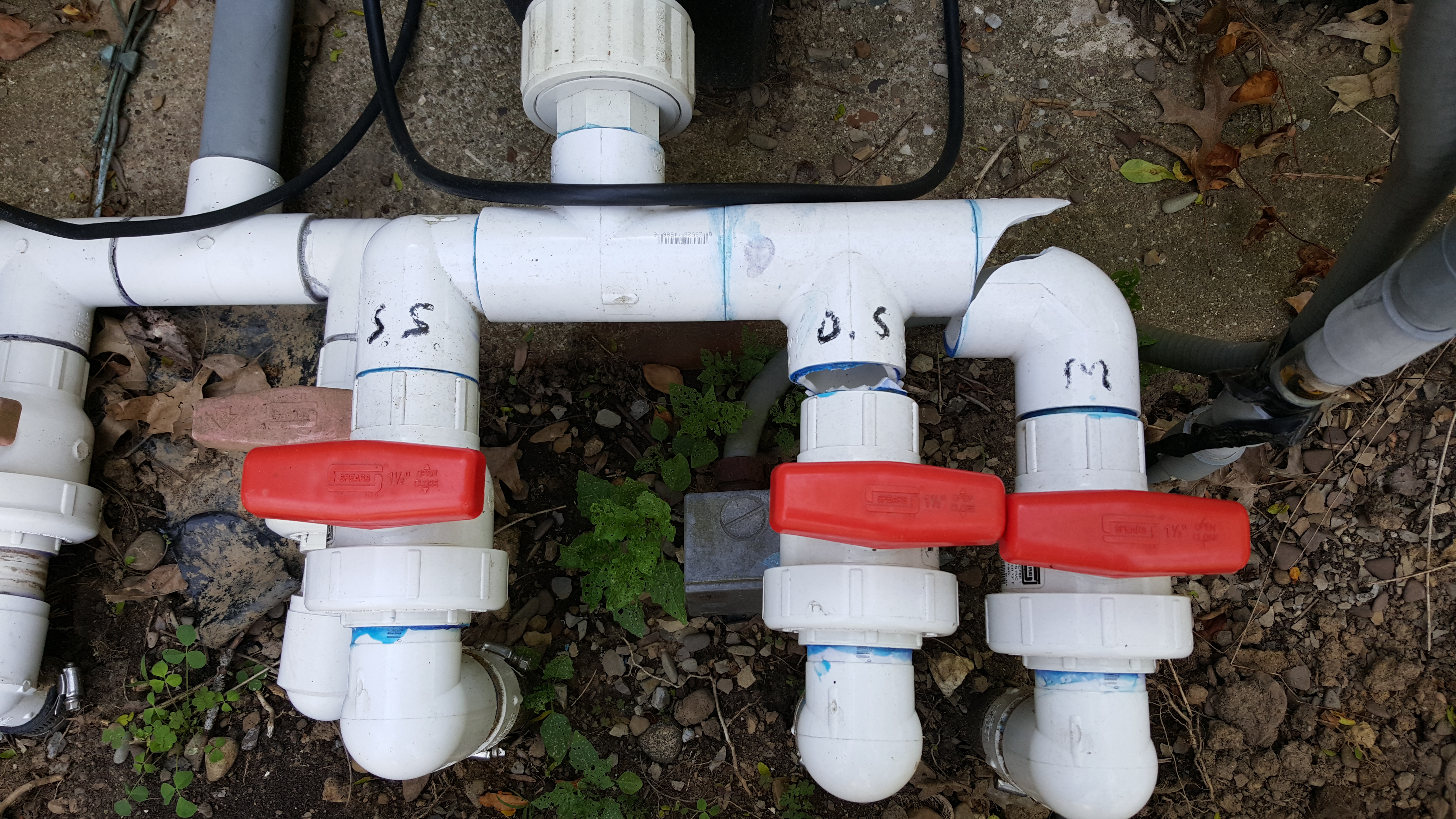In the article i researched I learned about safety guidelines for home pools. There are thousands of children that drown from swimming pools each year. There should be a barrier around the pool and it should be at least 48 inches above grade. These barriers are to keep children safe.
In my inspection of the pool area I discovered that there was a receptacle outside of the pool about 10 feet from the pool but it was not gfci protected, which is a defect. Receptacles around pools are required be gfci protected.
Safety Guidelines for Home Pools.
I learnt that in California, Arizona and Florida, drowning was the leading cause of accidental death in and around the home for children under the age of 5. Safety guidelines were developed to avoid these unnecessary deaths. These included, swimming pool barrier guidelines, use of gates and guidelines to prevent a child getting through or under a pool barrier.
This image of a swimming pool indicates the presence of algae in the water. This pool is probably not cleaned on a regular basis and may have other numerous problems if the pool is not tended to on a regular basis.

This a picture of a public swimming pool, and storage area. The pool itself has some deficiencies, the concrete shell has visible signs of cracking in the concrete.The plaster is chipping from the side walls of the pool, the drains are clogged with debris. Furthermore the storage area appears to be in tact, with notable markings and warning signs correctly posted.Sidewalk has evidence of green algae.
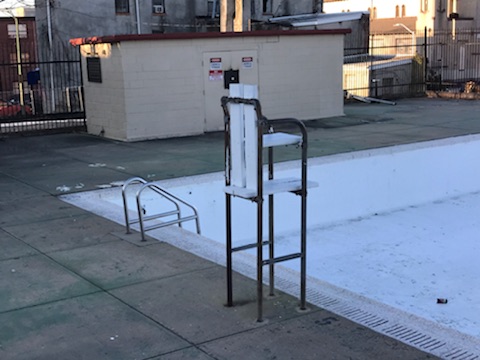
This image is of some tiles that are showing obvious cracks and movement around a pool. Based on the direction of this crack there is a concern of settling around the pool. The inspection and further investigation of a licensed contractor is recommended at this time. Avoiding looking into this problem could create more serious issues in the future.
Ensuring the pH level is controlled in pools and spas is very important. The desirable maintained pH level should be between 7.2 and 7.8, with 7.4 and 7.6 pH levels being the most desirable levels. This is necessary to avoid too high and low pH levels in the water and provide the best experience for swimmers. Different levels of pH can create issues for swimmers and the pool structure itself if not maintained properly.
Swimming Barriers
Doors with direct access to the pool through that wall shall be equipped with an alarm which produces an audible warning when the door and/or its screen, if present, are opened. The alarm shall be listed in accordance with UL 2017. The audible alarm shall activate within seven seconds and sound continuously for a minimum of 30 seconds after the door and/or its screen, if present, are opened and be capable of being heard throughout the house during normal household activities. The alarm shall automatically reset under all conditions. The alarm system shall be equipped with a manual means, such as touch pad or switch, to temporarily de-activate the alarm for a single opening. De-activation shall last for not more than 15 seconds. The de-activation switch(es) shall be located at least 54 inches (1,372 mm) above the threshold of the door.
The plaster surface of the pool has excess pitting and etching. Damage to the surface in this manner is usually an indication the pH balance is too low (below 7) and will need to be corrected. The damage should be repaired but the damage is at a point resurfacing is recomended.
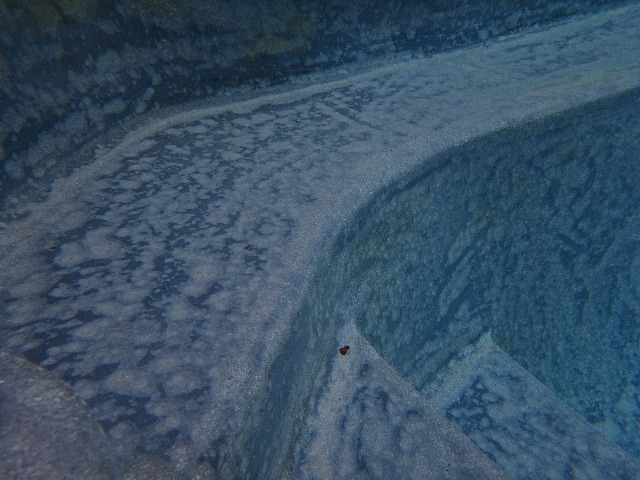
The image Pool & Spa Plumbing layout, shows the water flowing through a system that has both a pool and spa running on the same pump, filter, and heater. The pools and spa have 2 sources of return that connect to 3-port valves allowing the water to run to the same Pump. The inlets are plumbed to the opposite sides of the pool and spa from the drain and skimmers to encourage better water turnover through the system.
The spa included with the property is of portable nature with a self contained and opertaniol heater/pump unit there is also a soft cover with four combination locking straps to meet child safety requirments would recommend keeping cover closed and locked with pump/heater in manufacters recommended settings when not in use
Pool drains can pose a life safety hazerd by causing entrapment due to the vacume created from water being suctioned out to the pump, the vacume can easly be in excess of 350 lbs a drain cover is highly recommended to prevent this it is specaily designed to prevent this from happening and should be checked regulary and if found missing or broken the pool should not be entered till replaced by a profisonal
signing into the start of the course!
This picture shows a spa…it had been drained and was inspected for material defects within the actual tub portion. I found the tub material to be smooth and no apparent areas appeared to have been repaired. I also evaluated the pump and heating elements located under the cabinet. Prior to filling the tub, the seals and O-rings were evaluated and no defects were noted. The tub was then filled to the appropriate level and all systems checked unremarkable.
Stucco, the preservation and repair of historic stucco. I found this article informative in that it helped to recognize the makeup of stucco an how to maintain it. This article also discussed how to asses for damage. It was stressed to not repair stucco until the underlayment of materials are assessed and repaired as well.
The control panel in this spa has been unprofessionally repaired and glued in place. This could allow water to penetrate the electrical connections behind the control panel leading to electrical shorts and the potential for shock injury when the spa is in use. Recommend repairs by a qualified spa specialist.
Supervision of children around pools is crucial but unfortunately, there are often times when unsupervised children enter a pool and are unable to swim or exit the pool in time. Approximately 350 children under the age of 5 drown in swimming pools annually. In 2007 the Virginia Graeme Baker Pool and Spa Safety Act took effect and encourages states to pass legislation that calls for preventative devices that will help reduce the number of child deaths from unsupervised easy access to pools and spas. One of these measures is a pool alarm. There are several types of pool alarms including surface wave sensors, subsurface disturbance sensors and wristband sensors. In studies, the subsurface sensors performed more consistently than the other designs. Since pool alarms are not foolproof they are no substitution to active supervision but can be used in conjunction with other measures to reduce the potential for a tragic accident when children are involved.
The photo show a pool equipment area that has become over run with dead leaves and debris. Before an inspection or any equipment testing can be done, all the combustible debris must be cleared to operate the heater and other components. The PVC piping has started to deteriorate from sun damage, all piping should be painted to extend the service life of the piping.
Pool alarms
Nick Gromicko
As a homeowner and pool owner it is our responsibility to combine a series of safety precautions and safety equipment to keep our children from drowning. The stats of drown children in the US is scary. A combination of pool alarms door alarms and barriers are just a couple of safety equipment that should be installed to keep ensure the safety of your children and guests.
Upon inspecting the pipes and shut off valves from the main drain and skimmer drain. As you can see from the picture the pipework is cracked and has separated. The main drain and the skimmer drains were not able to be checked and it was recommended that the pipework be fully replaced to ensure maximum efficiency.

